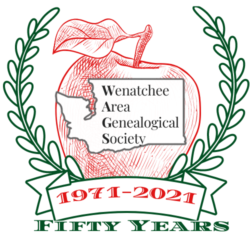Let’s Talk About: Railroads, Part 1
Railroads were lifelines across America to our ancestors. Anything we can learn about railroads and railroading will benefit the social history we seek to fill out our ancestors’ lives. Do keep in mind that it was our ancestors who did this railroad building not “hired workers from elsewhere.”
David Norris authored a special issue from Internet Genealogy Magazines titled The History of Railroads. This issue was 50 pages all about the topic of railroads and you might want to order a copy for yourself. I do quote from that publication.
In the beginning, there were two railroads: the Central Pacific in the west and the Union Pacific in the east. Soon after the Civil War, it was apparent that the need to connect both side of the county was sorely needed. So the government gave financial incentives to these two railroad companies, with greater benefits going to the Central Pacific for they had the far rougher terrain to conquer. Railroad companies were granted up to 6400 acres of public land and $48,000 in government bonds for every mile of track; this was to the Central Pacific with lesser amounts to the Union Pacific.
First, surveyors had to map the path. Then crews wee assigned to build bridges, culverts or tunnels. Next came the graders to shape the track bed. Most work was done by hand with pick, shovel and wheel barrows. Other crews cut timber along the way for lumber to build these structures, for the ties and for fuel.
Working at top speed, crews could lay over 100 feet of track per minute… or less than one hour to lay a mile of track. Each mile of track required 380 rails, 2600 ties and 10,000 spikes which were transported to the work site along the newly-laid tracks.
This last paragraph applies to the work across the midwestern plains. Work crawled along with much greater difficulty through the Rocky Mountains.
To be continued………………..
